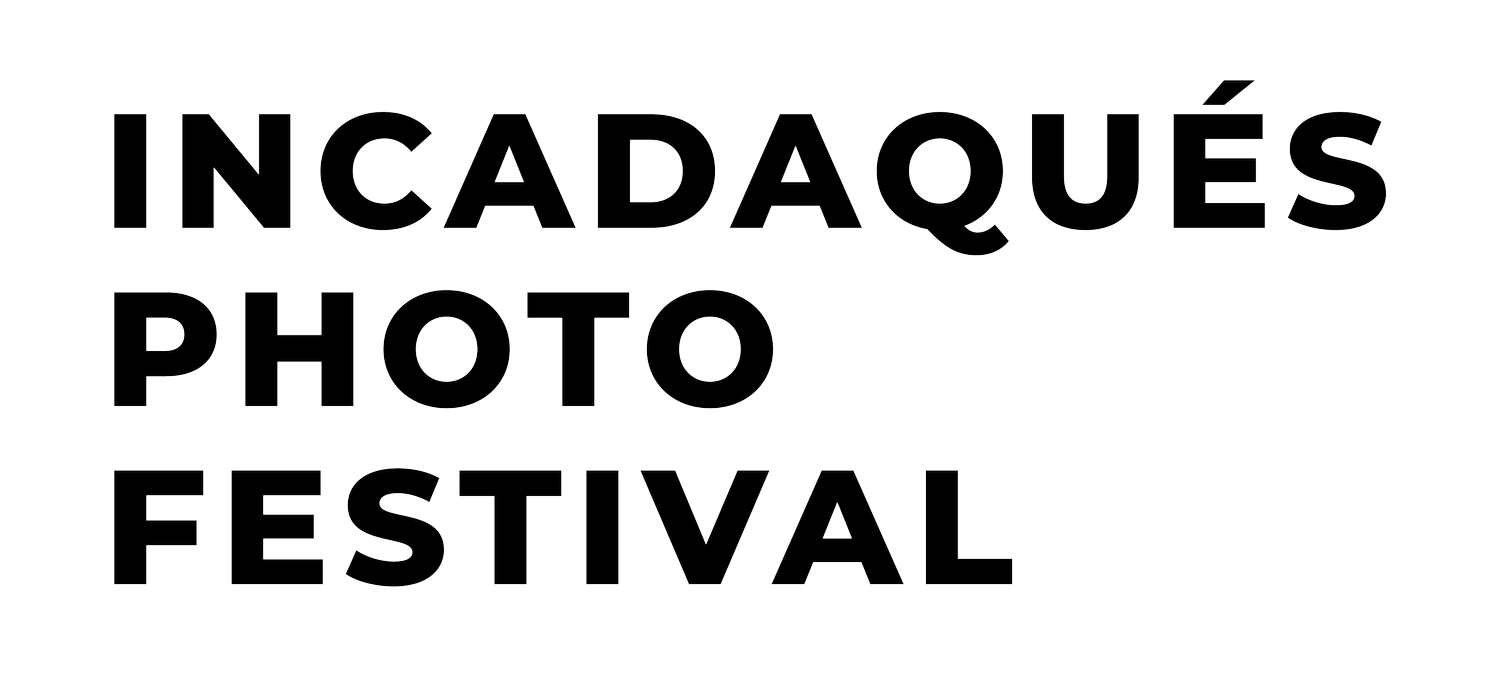Vincent Catala
BRAZIL
Vincent Catala, born in 1975, is a member of Agence VU since 2014, he has been living and working in Brazil for ten years. He graduated in 2000 with a Master’s degree in Intellectual Property (McGill University, Canada), and trained as a self-taught photographer before establishing himself as a professional photographer in 2006. In his assignments as well as in his personal work, he explores the relationship of the individual to his environment and reflects its intimate dimensions: solitude, freedom, and presence in the world.
Sensitive to a long-term approach, Vincent is interested in specific territories, both very defined and complex, which give a certain representation of the world, and where the idea of a universality is played out through encounters and a given geography. For example, the margins of the anonymous city and of Brazil, a country divided between a fatality fed by ancient atavisms and a deep desire for change. A research that he first developed in the Western Zone of Rio de Janeiro where he lived between 2013 and 2018, which he then continued in the Greater São Paulo region where he settled in 2019, and which he is currently completing in Brasilia, the capital.
Regularly published (M le magazine du Monde, Télérama, Fisheye, Revista ZUM, Air France Magazine), his work has been shown in various exhibitions in Paris, Amman, Rio de Janeiro, São Paulo, Tbilisi and Braga.
In January 2015 he joined the permanent collection of the Museum of Modern Art of Rio de Janeiro (MAM/RJ). During the 2017 edition of Paris Photo, the VU Gallery presented his work on Brazil. The Moreira Salles Institute (IMS/SP) did the same two years later in São Paulo. In October 2022, part of his Brazilian project is exhibited at the In Cadaqués festival (Catalonia).
• SERIES •
L’Île de la Saudade
L’Île de la Saudade
For ten years I have been carrying out immersive work in Brazil, focusing on the margins of the cities that I have successively inhabited. Started with the political tensions that began in 2014 and continued with the democratic decline embodied by Bolsonarism, this project questions the rooting of the usual representations attached to this country.
These images are taken from the current series entitled L'île de la saudade, in reference to the mythical archipelago imagined by the Portuguese philosopher Eduardo Lourenço, where the inhabitants would be predestined to flee from themselves, as if inhabited by a permanent state. of internal exile.
The red thread of my work consists in probing the roots of this malaise, which is perhaps anchored in an origin older than this political crisis.
The project mainly explores the outskirts of the two largest Brazilian cities where I successively lived: the West Zone of Rio de Janeiro and Greater São Paulo. As I got used to Brazil, I realized that this type of territory is found everywhere in the country, and that a large part of Brazilians live there. Gradually, I understood that these spaces are a kind of metaphor, a miniature sounding board for the tensions that have shaken the country since 2014.
In these spaces without borders or center, neither miserable nor rich, public space seems pulverized, bodies and gazes seem to avoid each other. The monumental seems ordinary and vice versa. Something seems out of place, but what? Does the cycle of political crisis alone explain this state of affairs? Or are the roots of this disenchantment not deeper, in a country that refuses to transcend its slavery and ethnocidal history?
To answer these questions and close this long-term project, I recently moved to Brasilia, this strange capital, erected in the middle of nowhere, built in opposition between a showcase pilot plan and satellite cities. In this movement from the margins to the political heart of Brazil, there is the same desire to understand this complex country. Because is Brasilia really a center? Or on the contrary a mirage, an empty and hollow promise, therefore a logical reflection of the distant outskirts of Rio and São Paulo?
Over the years, the intimate experience of the stranger who becomes familiar has made my photographic practice evolve from a documentary approach to a more sensitive approach. Long time and immersion are the essential conditions for me to keep intact the double desire that made me become a photographer: to testify and to see differently.





